|
Our Hakka gongfu training requires the carrying of heavyweights upon our backs. This represents the hilly terrain the Hakka people lived within throughout the New Territories, Hong Kong. Hakka Clan villages, especially by the 20th century, were often re-constructed upon the top of various hills situated in prominent good (feng shui) positions. The bones must be kept strong for building good health and ensuring longevity. Strong bones allow the bodyweight to drop down through the centre of the bone-marrow into the floor (creating a strong 'root') - and facilitates the rebounding force which is distributed (throughout the skeletal-system) to the striking part of the anatomy - be it a hand, foot, elbow, knee, fore-head or torso, etc. The Hakka people moved into the Guangdong area (that became the 'New Territories' under the British in the 1890s) in the mid-1600s - following the Manchurian invasion of China (which established the foreign 'Qing Dynasty' during 1644 CE). Our 'Chan' (陳) Clan (pronounced 'Chin' in the Hakka language and 'Chan' in the Cantonese language) originally settled at the base of a hill near the coast in the Sai Kung area. I think we probably originated somewhere in Henan province (like many other Hakka Clans that I have investigated). Younger people often carried older relatives on their backs (as part of the required filial piety) up and down the hills - to and from various areas. Chinese families reflect the government and vice versa. One reflects the other whilst the notion of Confucian 'respect' permeates the entire structure. This is true regardless of political system, era, religion or cultural orientation. Many Daoists and Buddhists are Vegetarian - because they respect animals and the environment. When working as farmers - Hakka people carried tools, goods and the products of harvests on their backs between long hours working in the rice fields with the Water Buffalos. The continuous repetition of hand and foot movements - and the standing postures for long hours in the wind and rain - condition the mind and body for genuine Hakka gongfu training. Although there is an 'Iron Ox' gongfu Style (different to our own) - the spirit of the Ox pervades all aspects of the Hakka gongfu styles! Even so, our Hakka Style embodies the spirit of the Bear! We can fighting crouching low - or stand high giving the impression that we are bigger than we actually are! Our developed musculature is like the Ox and the Bear in that it is large, rounded and tough! We can take a beating and still manifest our gongfu Style with ease! We do not go quietly into that dark night! The above video shows Hakka people de-husking rise - with the standing person practicing 'Free Stance, rootedness and knee-striking, etc, and the crouching person showing a low Horse Stance and position for 'Squat-Kicking', etc, whilst demonstrating dextrous hand movements often found in gongfu Forms. Of course, not all Hakka Styles are the same and there is much diversity throughout the Name Clans. Our Chan gongfu is Military-related and can be traced to the Qin Dynasty (221–206 BCE). I think there used to be a State Gongfu Manual (since lost) issued by the Qin Dynasty as part of the process of turning every village, town and city into a 'Barracks'. Guiding the ploughs through the water and mud at the back of the Water Buffalos reflected the leg, arm and torso positions found within the Hakka gongfu. How the Hakka farmers stood still, stepped forward and back - side to side, tensed and relaxed their muscles, used their eyes and ears, and produced power and learned to give-way - all manifested in the various Hakka gongfu Styles. On Occasion, the Ox is given the day-off and the local people take to 'pulling the plough'! Our Hakka Gongfu is 'Longfist' based. Whereas many Hakka Clans - following our defeat at the end of the Punti-Hakka Clan Wars (1854-1867 CE) - Hakka people were ethnically cleansed into small areas of Guangdong province. Around 20 million people had died in this terrible war (which included the separate but related Taiping Rebellion - a Hakka-led war - fought for different reasons). The original 'Northern' Hakka Styles were persecuted and viewed as the vehicle through which the Hakka people had made war in the South of China (the area they had migrated into). The Hakka are patriotic Han Chinese migrants who fled the foreign invasion of Northern China - but who were not wanted or welcome within Southern China. Since the 1949 Revolution - things are very different today in China - as Hakka and non-Hakka now live side by side in harmony. When the various Hakka Clans 'shortened' the arm and leg movements of their gongfu Styles - to make these arts seem 'Cantonese' in origin - our Hakka Clan lived in a relatively remote area of South East Guangdong province and refused to do this. We practiced our 'Northern' Longfist martial arts in isolation and hid our gongfu in Temples grounds, behind walls and by practicing at night. Master Chan Tin Sang (1924-1993) fought and killed Imperial Japanese soldiers in the New Territories between 1941-1945 using our Hakka gongfu. Around 10,000 Hakka men, women and children were killed in this war fighting the modern Japanese soldiers using bare-hands and feet - and traditional weaponry. Many of our relatives were killed during this time. Master Chan Tin Sang came to the UK in 1956 - as a British Subject - to work for a better life, not because China is a bad place (it is not), but because life in the New Territories under British rule was continuously impoverished. Master Chan Tin Sang worked hard for 10-years before he earned enough money to bring his wife and two daughters to the UK (in 1966) - also as British Subjects. My Chinese relatives were NOT economic migrants, Asylum Seekers, or Refugees. My Chinese relatives do not follow Cults and are free-thinking individuals who are proud to be 'British' whilst supporting Mainland China's right to self-determinate - just like any Western country.
0 Comments
When running with the weighted rucksack – I use the two broad aspects of Daoist breathing usually termed ‘natural’ and ‘correct’. Bear in mind that this ‘moving’ activity is not the complex seated ‘neidan’ practice and is not subject to that type of control. Instead, as the bodily frame is placed under intense pressure, what is required is deep and full breaths, usually in and out of the mouth. This is because unlike the state of perfect balance that is constructed during the practice of Taijiquan (where the breath is taken in through the nose and expelled through the mouth) - running with a weighted rucksack overloads the biological processes to such a high degree that the maximum amount of oxygen is required to maintain its function. This is achieved by breathing in and out through the mouth. Once the parameters are set, what then is ‘Daoist’ about this practice? Natural breathing requires breathing deeply into the lower abdomen – this emphasises the use of the middle and lower-lung capacity – with the minimum of upper-lung capacity. Correct breathing requires the pushing-up of the diaphragm so that the inward breath is compressed from the expanded lower-lung and into the middle and upper-lung. Correct breathing inflates the usually neglected upper-lung capacity which is full of highly dense oxygen-absorbing body-cells. Generally speaking, the upper-lung is often used by the body in ‘emergency’ breathing if the body has become injured, ill, or is inhabiting an oxygen-deficient environment. The ancient Daoists seem to have understood that there is something special about the little used upper-lung within everyday life – and with this understanding they formulated a physical method of breathing that allows a voluntary access of this area. I tend to use ‘natural’ breathing when running with the weighted rucksack – but I switch to the ‘correct’ method when I need to stop to cross the road and/or significantly change direction. I usually take three full ‘correct’ breaths (which oxygenates the body to a greater degree) and then switch back to ‘natural’ breathing which is what I refer to as ‘maintenance’ breathing. Correct breathing in this context is not ‘maintenance’ breathing and should not be confused with the purpose of ‘natural’ breathing. Furthermore, the perspective I am giving here only makes sense when discussing weighted rucksack running. As weighted rucksack running using ‘natural’ breathing dramatically diminishes the oxygen levels in the body (stabilised through fitness levels) – ‘correct’ breathing represents a rapid intake of new oxygen by switching the emphasis of how the breath is managed.
Enter the Dragon - Bruce Lee's legacy Still Inspiring 50 Years After His Passing! (21.7.2023)7/21/2023 HONG KONG, July 20 (Xinhua) -- The man, the myth, the legend. Bruce Lee was all of these things and more. On July 20, 1973, the world lost one of its most iconic and influential figures when he passed away suddenly at the age of 32. Yet, 50 years later, his legacy lives on, larger than life and more resonant than ever. Tourists flock to the Avenue of Stars along the Victoria Harbour waterfront in Tsim Sha Tsui, Hong Kong, a place of pilgrimage for Bruce Lee fans from around the world. They pause at Lee's bronze statue to pay tribute to the martial arts master, often laying flowers at the base of the two-meter-high effigy that showcases Lee's classic Jeet Kune Do move, inspired by his final complete film, "Enter the Dragon." Source: Xinhua Editor: huaxia 2023-20-07 Shin Yong-woo from South Korea is one such fan who has travelled over 1,000 miles (1,600 km) to pay homage to his hero. He stood before the statue, dressed in black pants with his bare chest exposed, just like Lee frozen in frame by the monument. With a pair of nunchaku in his hands, Shin began his performance, twirling the weapons with fluid precision. A fan since he was nine years old, Shin credited Lee with inspiring him to learn Chinese martial arts. Some pay their respects with a simple bow or a moment of silence, while others perform their own martial arts routines in front of the statue, channelling their inner Bruce Lee. Unlike Shin, who reveres Lee's Kung Fu as a physical art form, Patrick Weber from Britain is more drawn to the deeper meaning and philosophy behind Lee's teachings. Weber held a 25-year-old "Enter the Dragon" poster as he took photos in front of the bronze statue. He also brought a thick album that documents his more than 50-year journey as a fan. Lee's legacy includes a collection of inspiring and insightful quotes that have resonated with people of all ages and backgrounds. "The key to immortality is first living a life worth remembering." "The successful warrior is the average man, with laser-like focus." "Do not pray for an easy life, pray for the strength to endure a difficult one." "I love his philosophy on life," Weber said. "And the multiculturalism he portrayed was exactly what the world needed at the time." Born in San Francisco in 1940, Lee spent much of his childhood and formative years in Hong Kong, where his father was a well-known Cantonese opera singer. It was in Hong Kong that Lee began to study martial arts. His passion for Kung Fu and his innovative approach to martial arts quickly earned him a following in Hong Kong, where he starred in several successful films and TV shows. His fame and influence soon spread to other parts of China and Asia, inspiring a new generation of martial artists and popularizing Chinese culture and philosophy around the world. As one of Hollywood's most influential Chinese American actors, Lee introduced Chinese martial arts and its underlying culture and philosophy to the world through his films, and even brought the term "Kung Fu" into the English language. His confident portrayal of Chinese culture in martial arts movies continues to inspire people decades later. "He's so cool!" said Sophie Uekawa from Japan as she looked at the statue, reminiscing about her teenage years several decades ago. "In 1973, Bruce Lee's movies became a sensation in Japan when they were first released. The queues for his films were so long that they stretched for several blocks, and 'Enter the Dragon' played for more than a year in one cinema before it was taken." In recent days, a series of commemorative events in Hong Kong have confirmed the enduring influence of the Chinese Kung Fu culture that Lee represented. The "Bruce Lee: A Timeless Classic" exhibition opened at the Hong Kong Heritage Museum, showcasing various books, stamps, and figurines related to the superstar from different eras. The museum also has a permanent exhibition introducing his life story. Inside the exhibition hall, a wall of famous quotes presents Lee's philosophy: "Using no way as a way, having no limitation as limitation," "Success is a journey, not a destination," and more. Wang Wei, who works in the education industry, included the exhibition as one of the stops for Chinese mainland students on their educational tour of Hong Kong. "Bruce Lee is an important part of Hong Kong's pop culture and represents the Chinese spirit and character embodied by the people of Hong Kong," Wang said. "With a profound understanding of Chinese culture, he showcased the confidence of Chinese culture through Kung Fu." The Bruce Lee Foundation is holding its first "Camp Bruce Lee" event in Asia at the Hong Kong Heritage Museum, where about 30 primary school students from Hong Kong are experiencing Jeet Kune Do and learning about the star through various art forms over a few days. "This movie is about the history of Japanese imperialism invading China in the last century ..." Inside the museum, the guide points to a still from the movie "Fist of Fury" and introduces the plot to the young campers while explaining the national history. The still captures the moment when Lee's character Chen Zhen kicks down the "Sick Man of East Asia" sign in the movie. English Language Xinhua Article: Feature: Enter the Dragon -- Bruce Lee's legacy still inspiring 50 years after his passing
The reality is that the head and centre mass inner organs need to be protected through a) movement of the entire body away from the potentially damaging blows, and b) the movement of the head, arms and legs so as to deflect, parry and/or block the incoming blows when the centre of mass cannot be adequately moved out the way. In the case of unarmed blows - the muscle, bone structure and inner connective tissue can be 'toughened' through physical fitness and martial arts training. The potential damage of these unarmed blows can be effectively absorbed by the outer physical and near surface structures of the body - this includes the bone structures and soft structures that comprise the entirety of skull including the mouth, teeth and tongue, etc. These areas can be 'damaged' but will heal given time. When dealing with bladed weapons - as these can penetrate the toughened outer layers and do fatal damage to the inner organs - movement of the centre mass is of a greater concern if no self-defensive weapon is held by the victim. In this case the legs must be well trained for either minute or substantial (instantaneous) distance adjustment. A damaged leg will still have to move by necessity (hence the importance of squat kicks in all their variants). The upper limbs comprising the arms and hands will have to 'deflect' and/or catch or absorb the thrusts of any incoming bladed weapons that cannot be completely avoided by systemic (evasive) movement. This may involve the substantial damage of these body parts which must be conditioned to perform this function whilst carrying-on moving for the duration of the self-defence encounter. These types of injuries can heal (regardless of severity and any potential or long-term damage). An individual will probably survive broken or cut arms and hands - but will not survive damaged or cut inner organs, arteries or veins, etc, as the medical chances are greatly reduced. The outer limbs can be sacrificed to protect the inner organs and blood supply vessels which lie across the centre line. There are cases of individuals surviving horrific injuries following attacks from blades weapons – even with severe mi-section laceration damaging and exposing the intestines, severe and deep cuts to the neck area and even limbs hacked-off – providing medical care can be found in time. Chances of survival are enhanced if the individual concerned has some medical knowledge and First Aid experience – as this can stem blood loss and prolong the chances of survival. Of course, traditional Chinese martial arts often involve extensive mental toughness regimen – and it is this attribute that can drive a severely injured individual to a) ‘survive’ a deadly encounter (despite being badly hurt), and b) seek-out assistance despite being isolated or far away from medical help.
For about a six-month time period between 2005-2006 - myself and a number of Chinese friends would get into a car and drive the three and a half hour journey from Sutton in South London - to Hereford to train with Sensei Tony Smith 5th Dan of Goju Ryu. At some point in all this activity, Tony Smith invited us to a martial arts symposium in Birmingham held on one Sunday (I think in Summer). This had hundreds of people attending, all demonstrating their own particular martial arts and this is exactly where I had the honour to meet (and talk) with Sensei Frank Johnson 6th Dan. Although my family style is (Chinese) Hakka Gongfu - Master Chan Tin Sang (1924-1993) instructed me to explore other styles whilst travelling around the country as a young student. This is where I encountered 'Southern Karate-Do Wado Kai' - and where I trained under Sensei Alan Bound 1st Dan (1983-1984). I was told that this was a lineage emphasising a return to the principles of 'traditional' Wado Ryu! This why I was very interested in talking to Frank Johnson as I believe Wado Ryu is a very advanced and sophisticated style emphasising the highest level of 'internal' awareness and development. Wado Ryu is like Taijiquan where exact positioning and timing is used - coupled with the use of dropped (and rebounding) bodyweight - which replaces the need for forceful muscle contractions (which wastes and depletes the available 'external' energy). Obviously, muscle-contractions can be used - but only when required rather than as a matter of habit. When I shook Frank Johnson's hand - and put my arm around his shoulders in 'thanks' for him signing my book - I sensed immediately the advanced state of his mind and body. This is an ability following years of advanced Taijiquan 'Pushing-Hands' practice - and the need to quickly assess anyone who walks into our training hall!
Although the martial arts term ‘Ninja’ is a distinctly ‘Japanese pronunciation – the two ideograms used to express this concept are of Chinese origin – namely ‘忍者’ (Ren Zhe). Whether this concept originally spread from China as a martial arts principle – or was distinctly developed in Japan - is open to debate. Certainly, the ‘Ninja’ of medieval Japan occupied entire clan-systems which ‘mirrored’ perfectly their Samurai equivalents with the only difference being that the Samurai clans were socially accepted and the ‘Ninja’ clans were clandestine and considered ‘illegal’. The ‘Ninja’ communities were made-up of the peasantry and any outcast members of the nobility and criminal fraternity, etc. Although the ‘Ninja’ communities were hidden from open view, they were disciplined, followed strict codes of conduct and were dedicated to perfecting many different martial skills designed to ‘counter’ or ‘negate’ every martial advantage the Samurai believed they possessed. In-short, the ‘Ninja’ communities represented a ‘different’ but related blue-print for Japanese feudal society – perhaps one that was internally democratic and fairer than its Samurai alternative, as women were considered ‘equal to men – and practiced martial techniques designed by women for women to use on the battlefield or during ‘assassinations’ - a key skill of the ‘Ninja’ warrior. The character ‘忍’ (ren3) is comprised of a contracted version of the lower particle ‘心’ (xin1) - which translates as ‘mind’ and ‘heart’ - and the upper particle ‘刃’ (ren4) - which represents a ‘bladed weapon’ such as a ‘knife’ or ‘broad-sword’, The Japanese version of this ideogram appears to have a handle affixed to a blade – a blade said to be covered in ‘blood’: When combined together, the ideogram ‘忍’ (ren3) suggests a situation where the human mind (and body) is said to be highly skilled swordsmanship – together with ‘tolerating’ the ‘lose’ of a certain amount of one’s own blood – as well as spilling that of the opponent. The training in this martial art is arduous and painful to experience – but this is the path that must be ‘endured’ if mastery is to be achieved. Whereas the ideogram ‘者’ (zhe3) is comprised of the lower particle ‘白’ (bai2) which carries the meaning of the colour ‘White’, whilst the upper particle is ‘耂’ (lao3) and refers to a ‘an old man who is bent-over and has long hair’ - usually implying ‘acquired wisdom overtime’. Therefore, ‘者’ (zhe3) appears to mean a ‘body of expert knowledge acquired by an individual over a long period of study’. The combined term of ‘忍者’ (Ren Zhe) - or ‘Ninja’ - refers to the concept of an ‘accumulated body of knowledge and martial arts skill and acquired by an extraordinary person overtime’. Or, an ‘acquired body of knowledge and martial arts skill that transforms an ordinary person into an extraordinary person’. Related Terms:
忍術 (Ninjutsu) - ‘Ren Shu’ = ‘Endurance Art’ 忍法 (Ninpo) - ‘Ren Fa’ = ‘Endurance Law’ Ninjutsu originally derived from an indigenous, traditional Japanese fighting technique known as the ‘Thorn Kill Art’ (刺杀术 - Ci Sha Shu) - perhaps implying the ability to ‘assassinate an opponent using a poisoned-dart'. Later, this art absorbed several Chinese cultural influences such as the ‘Art of War’ by Sunzi", and the martial principles contained within the ‘Six Secret Teachings’, etc. There is a legend that a Chinese Buddhist monk travelled to Japan early-on, and brought various Tantric Buddhist and Traditional Chinese Medicine techniques (perhaps around the 8th century CE) which were combined with Japanese Shintoism. This mixture of Chinese and Japanese martial elements was integrated to finally form ‘Ninjutsu’. The techniques of ‘evasion’ and ‘invisibility’ in were emphasised in the city – whilst ‘ambushes’ and the ability to suddenly ‘disappear’ was perfected in the mountainous areas. Chinese Language Reference: https://baike.baidu.com/item/忍术/381309 Every genuine martial arts style or system contains a rich mosaic of principles and techniques that at the most brutal assist in the surviving of the combat experience, and at the most sublime provide a psychological and physical pathway of self-development and self-transcendence. The best styles of Okinawan and Japanese karate confirm to his blue-print, and I would say that Wado-Kai, Shukokai and Goju Ryu are prime examples of the best that this genre has to offer. All these styles (two Japanese; Wado-Kai and Shukokai – and one Okinawan; Goju Ryu) have their historical roots within Chinese martial arts which probably are linked to the Fujian province of Southern China. Indeed, Wado-Kai and Shukokai derive from the Okinawan karate of Master Gichin Funakoshi – the Okinawan martial artist accredited with transmitting his style of Chinese martial arts to Mainland Japan. I practiced these styles only as an accident of fate – they happened to be prevalent in the areas I lived in to pursue my education throughout the 1980s. No one at the time (not even my close friends) knew of my Hakka Chinese gongfu background. I saw no reason to explain this, an they saw my familiarity with certain techniques as me just being talented in these areas (I was viciously fast and very good with kicking and moving, as in the traditional Northern martial arts in China, a student perfects kicking first – whilst due to cultural differences in the West – it is punching that is perfected first with kicking usually appearing uncomfortable). On the other hand, as I entered my late teens, Master Chan Tin Sang (1924-1993) directed me to develop my punching to a very high degree. This is where Wado-Kai (correct alignment) and Shukokai (correct hip and shoulder twist) assisted my development tremendously! Goju Ryu, on the other hand, has a special place in my heart. Its all-round body-conditioning reminded me of our own Hakka Chinese gongfu style which developed tremendous power, endurance and strength! The bones certainly hardened, whilst the mind became calm and broadly aware. Master Chan Tin Sang was an extraordinary teacher as he entrusted me to enter the training halls of other styles, dedicate myself to their ways, learn them fully and then integrate these lessons and skills into the Ch’an Dao System. This could happen as each karate style brought out a particular aspect of our own fighting system. I have the utmost respect for all legitimate styles of martial arts training and see no reason why there cannot be a positive cross-training that enhances rather than diminishes. As the US at the time was emphasising Japanese martial culture throughout the West as a means to side-line and obscure Chinese martial culture (due to the Cold War), European cuntries with no historical connection with Japan suddenly found themselves hosting (usually at their own expense) Japanese ‘ambassadors’ of various karate styles and associations. This arrangement all came crashing down when President Carter established full diplomatic relations with Mainland China in 1979, and Westerners started travelling en masse to China to train in gongfu – and Chinese teachers came to the West to teach – although the effects of this change would take around a decade to fully manifest itself. In the meantime, I trained in Japanese karate at the tail-end of this time period and consider it a very interesting and unique experience.
Starting from around 16 years of age with a ruck sack of around 15Ibs - 20Ibs - a practitioner should start running over various types of terrain, and for different distances at various times of the year. The point is to 'sweat' and a number of clothing layers should be worn. This practice is a combination of weight-lifting and running. As the body (and mind) strengthens, the weight should be slowly increased. As a grown man, the weight should reach 56Ibs (perhaps 40Ibs for a woman) - but temporary increases up to 76Ibs can be used for short periods. Distances should vary from 1.5 miles to 5 miles on paved roads, but it is also good to run on grass and occasionally on sand. Much longer distances can be used if running is replaced with hiking. If a practitioner is only just beginning to get fit, or is recovering from injury or illness, always start by walking over a certain distance. It is a good idea to lift free weights for a time prior to ruck sack running so as to build the bones, muscles and joints, and to practice ordinary running (and periodic sprinting) to condition the cardiovascular system. For many, just 'wearing' the iron vest for any extended period of time is very difficult to do, and creates substantial muscular pain in the neck, shoulders and back, as well as in the knees, ankles and various parts of the feet. This is normal and will pass. Just as the iron vest compresses the body - the structures of the body 'resist' and generate an outward counter-pressure - which generates a substantial repelling force. This is how the body withstands and rejects any incoming power. Furthermore, carrying this weight forward generates tremendous 'forward' momentum which is very difficult for an opponent to 'stop', and which has the effect of 'uprooting'. All the blood vessels are opened and strengthened through a stimulated circulation, the bones are hardened and the both strengthened and relaxed in a coordinated and dynamic manner. The mind becomes calm and all expansive as the qi (vital force), jing (essential nature) and shen (all embracing empty mind) are thoroughly cultivated.
|
AuthorShifu Adrian Chan-Wyles (b. 1967) - Lineage (Generational) Inheritor of the Ch'an Dao Hakka Gongfu System. |
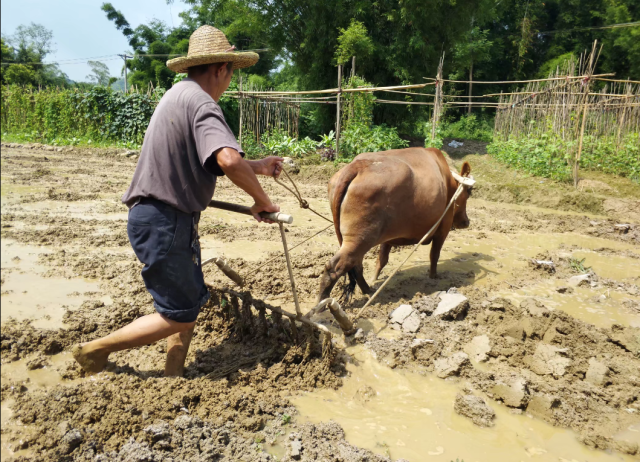
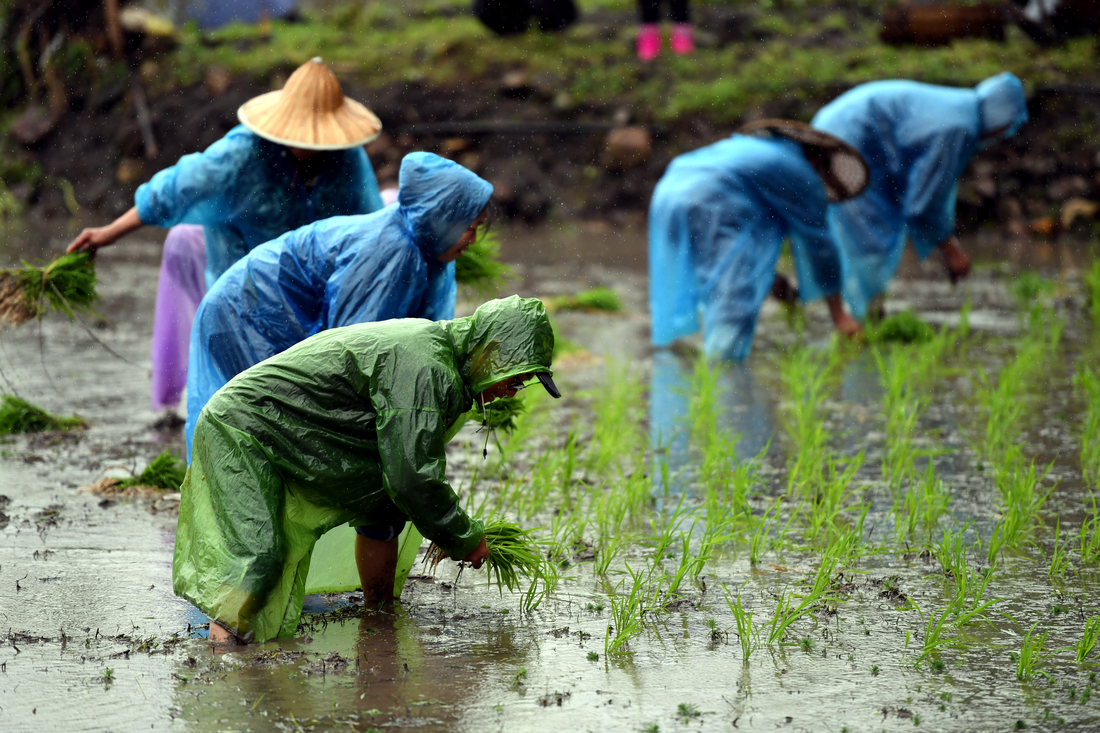
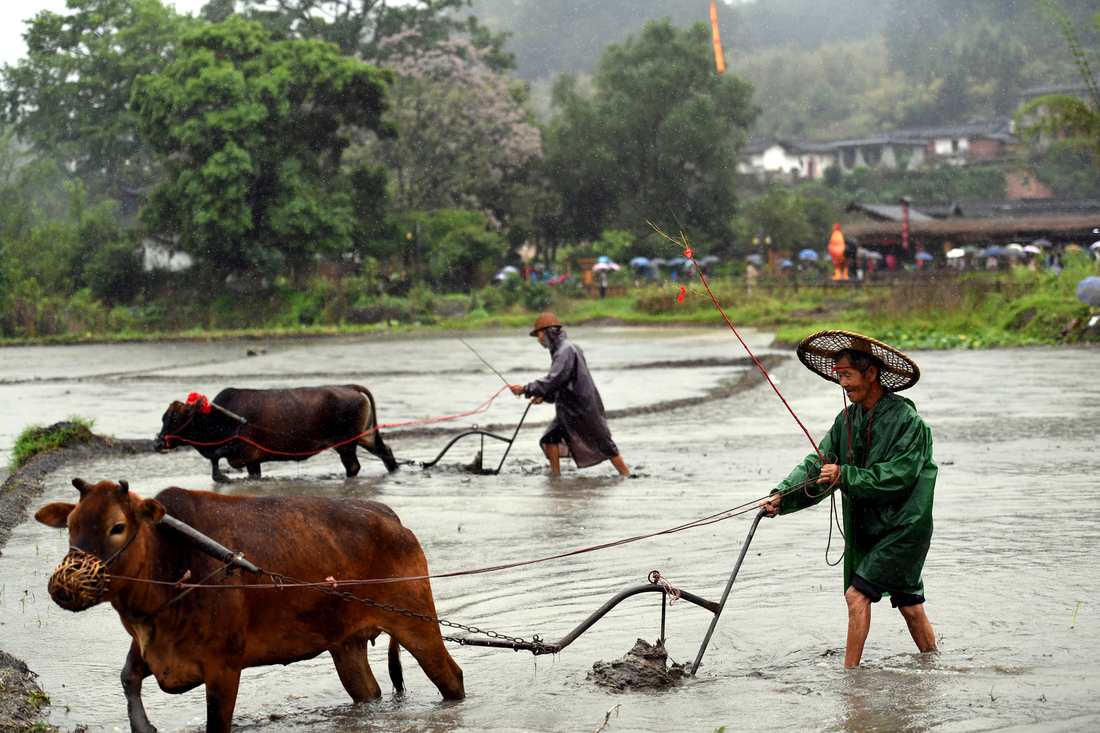
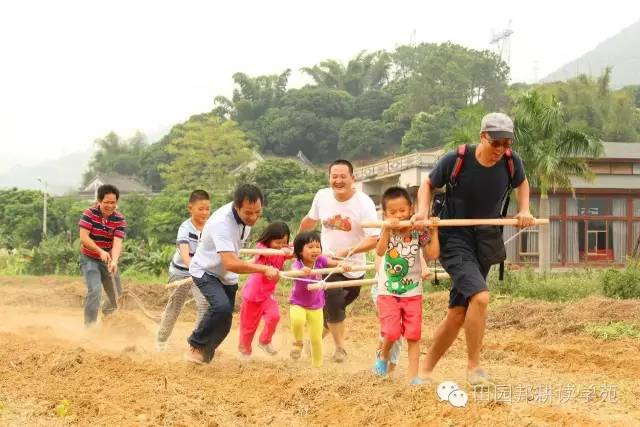
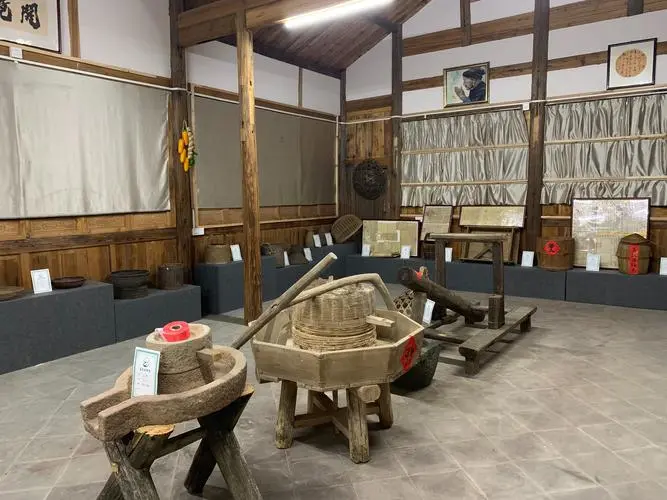
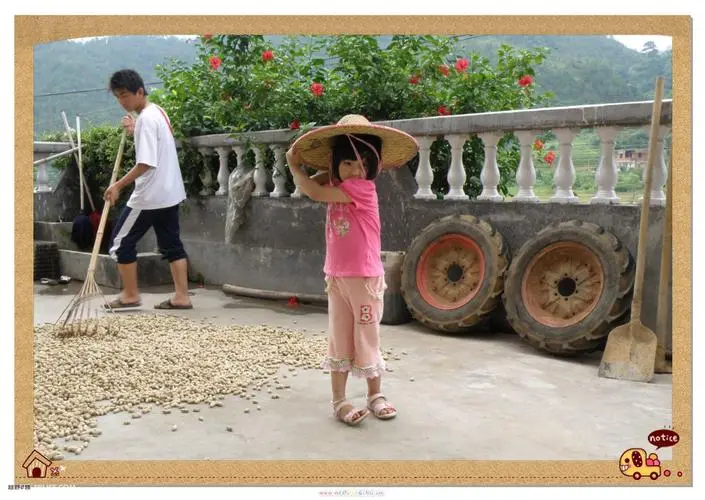
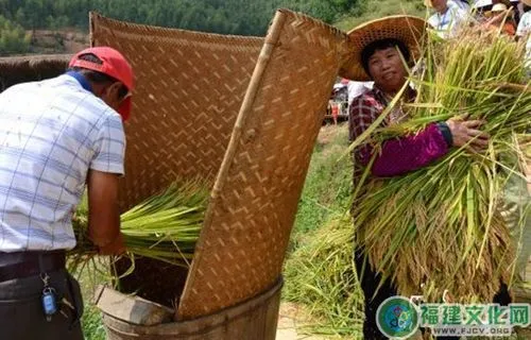
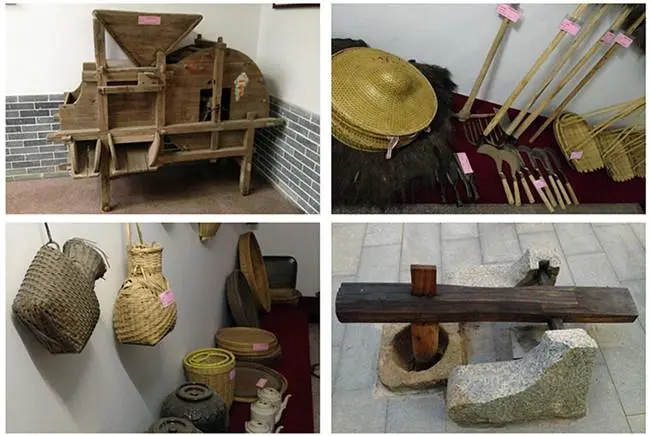
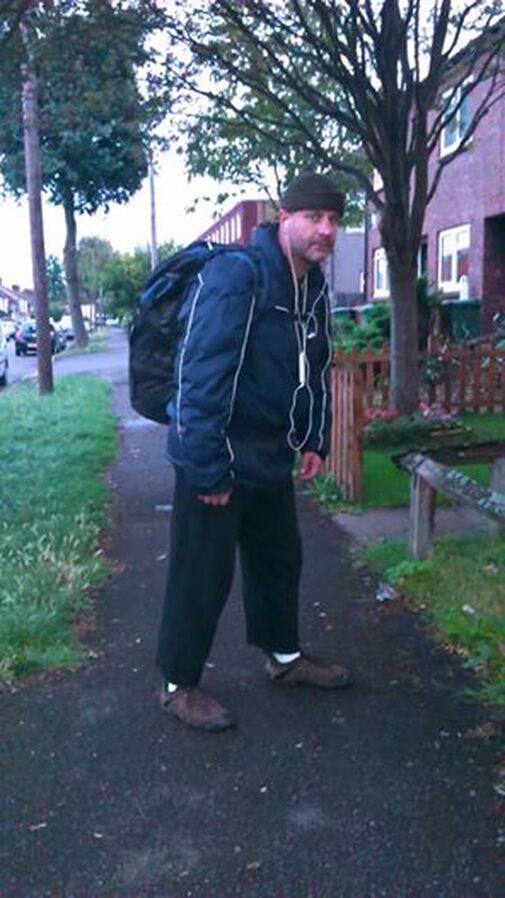
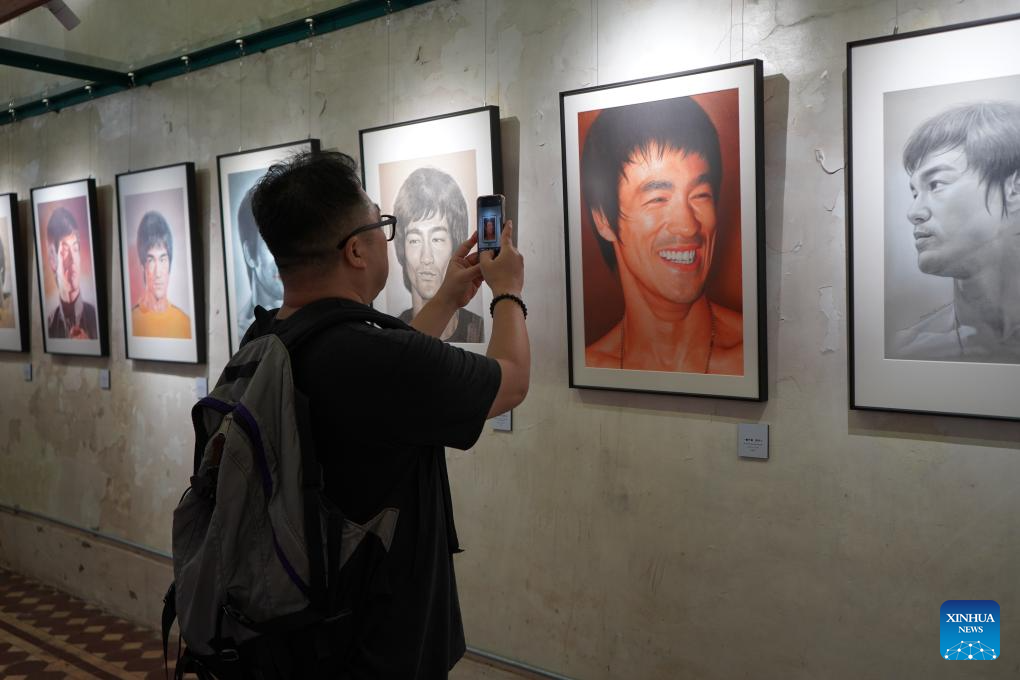
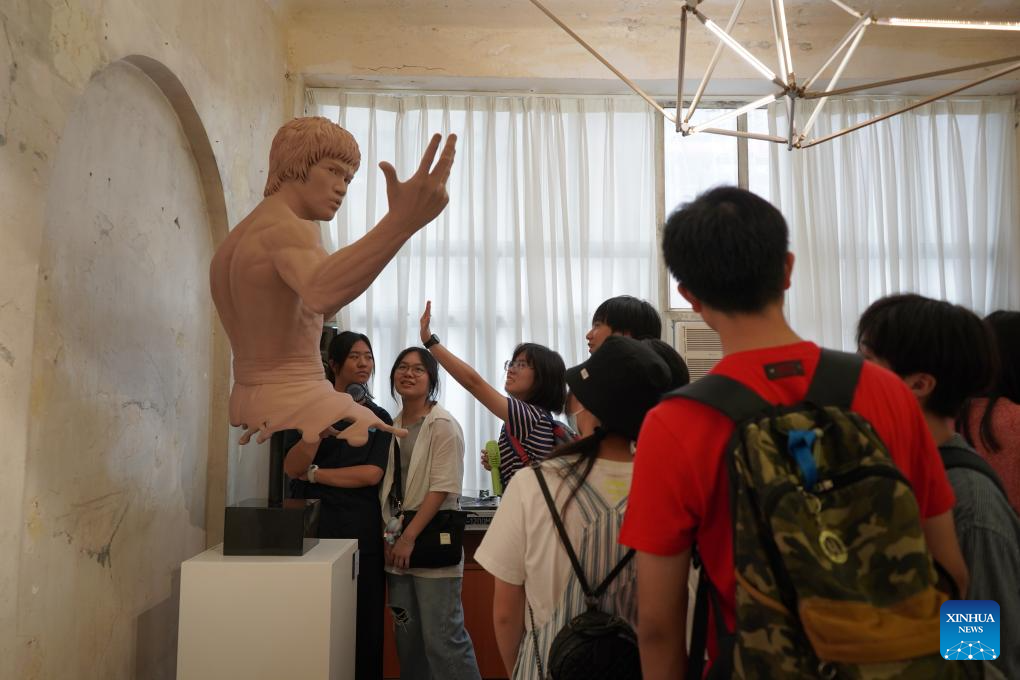
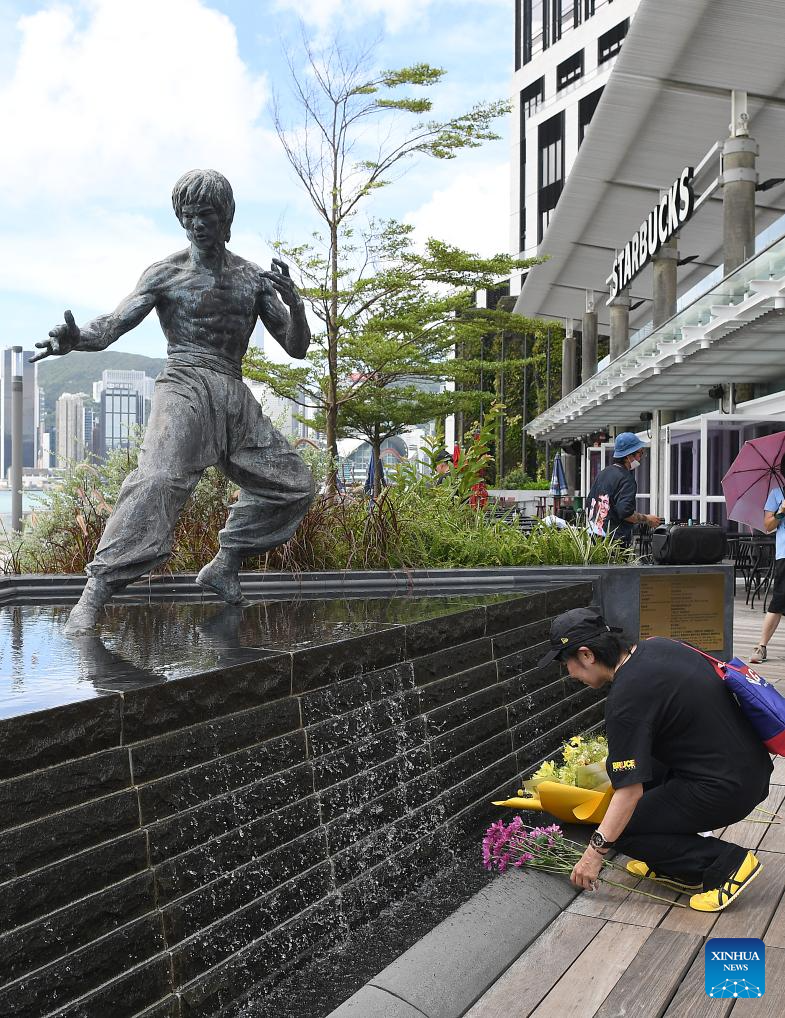
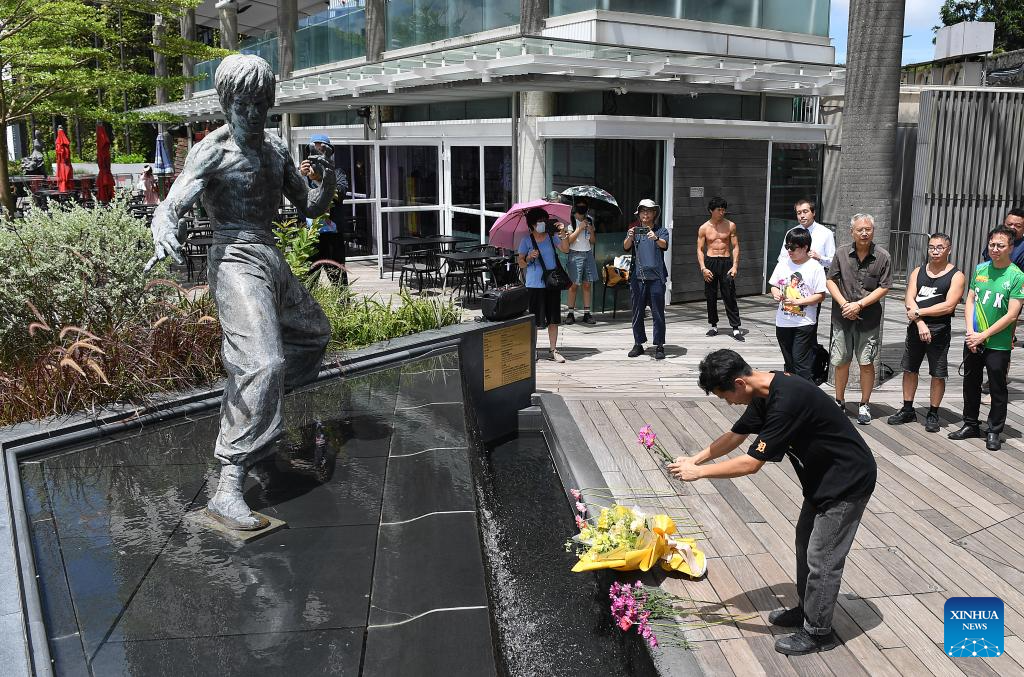
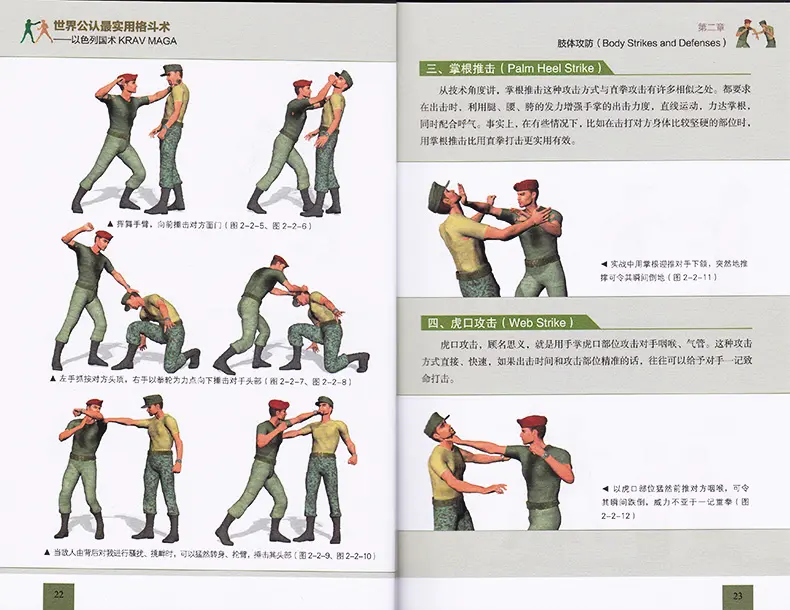
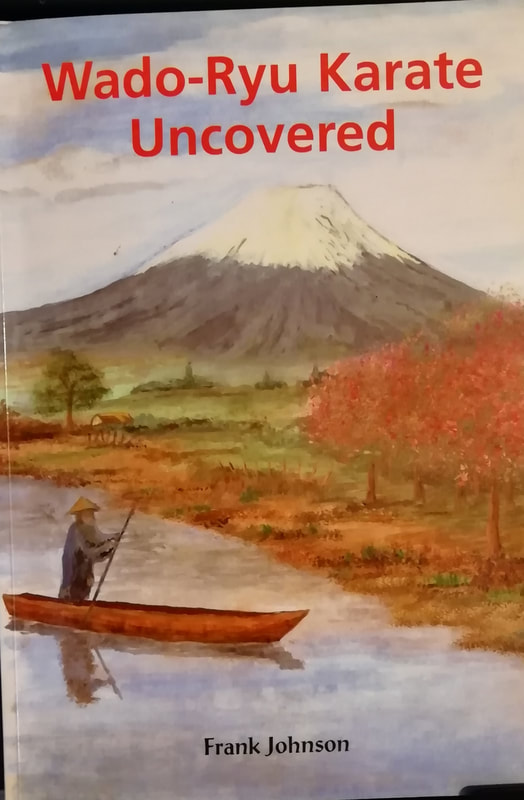
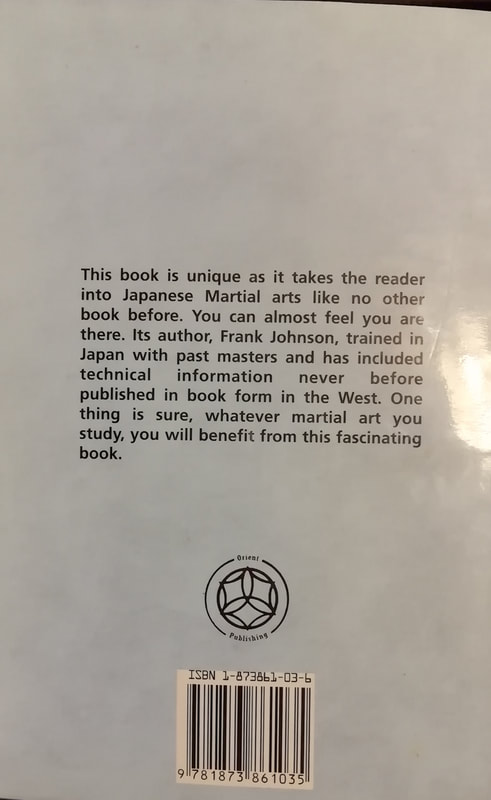
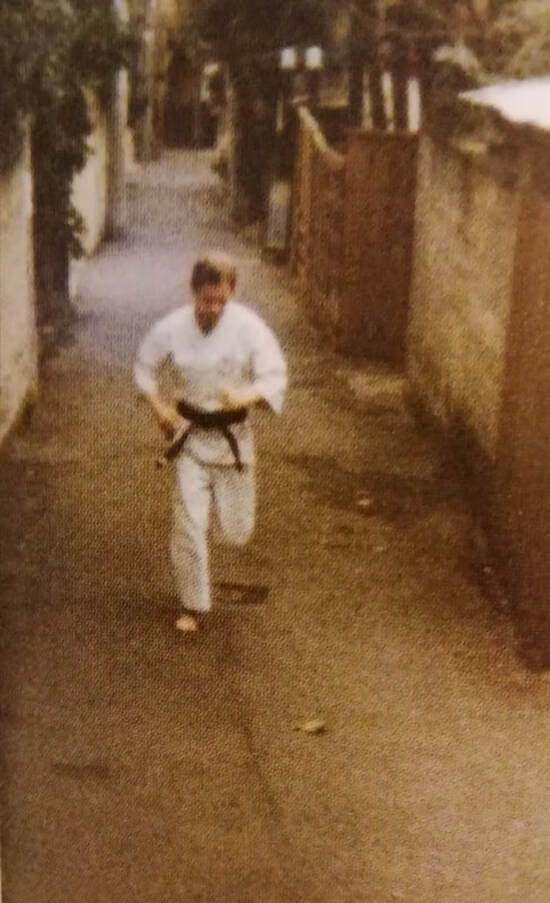
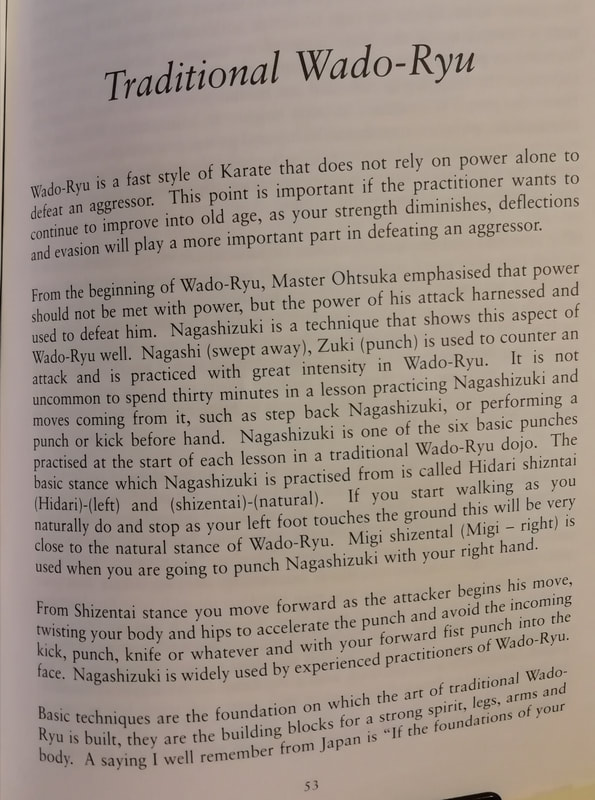

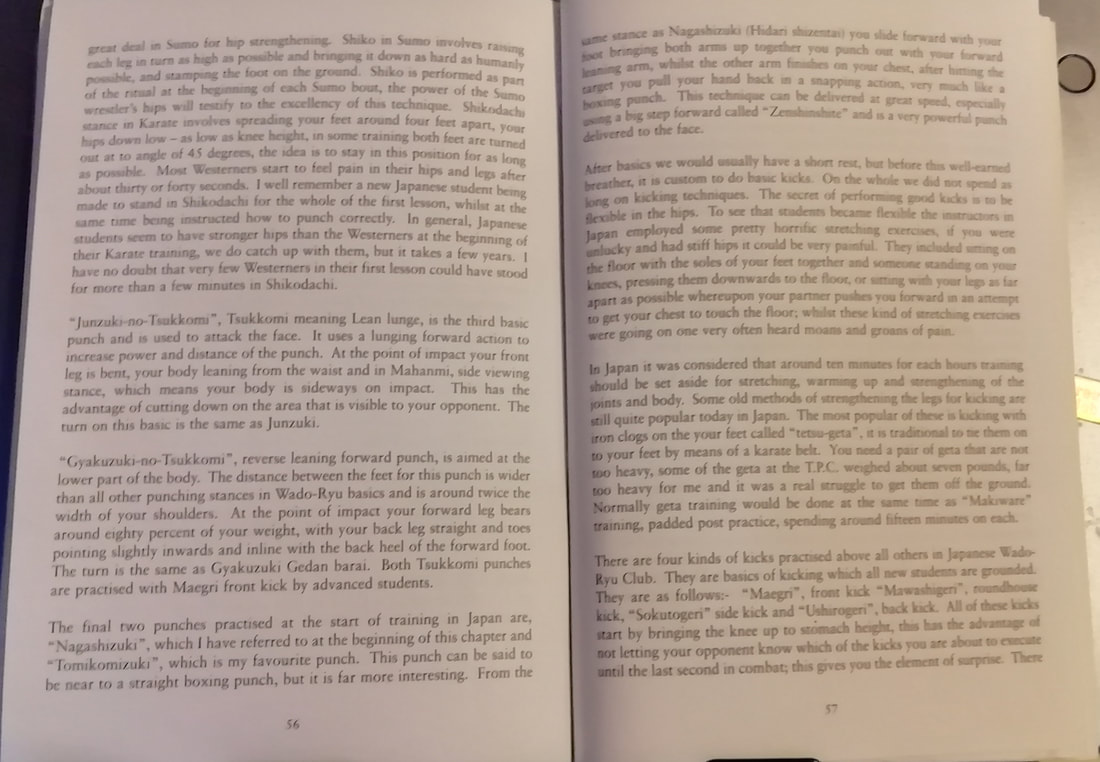
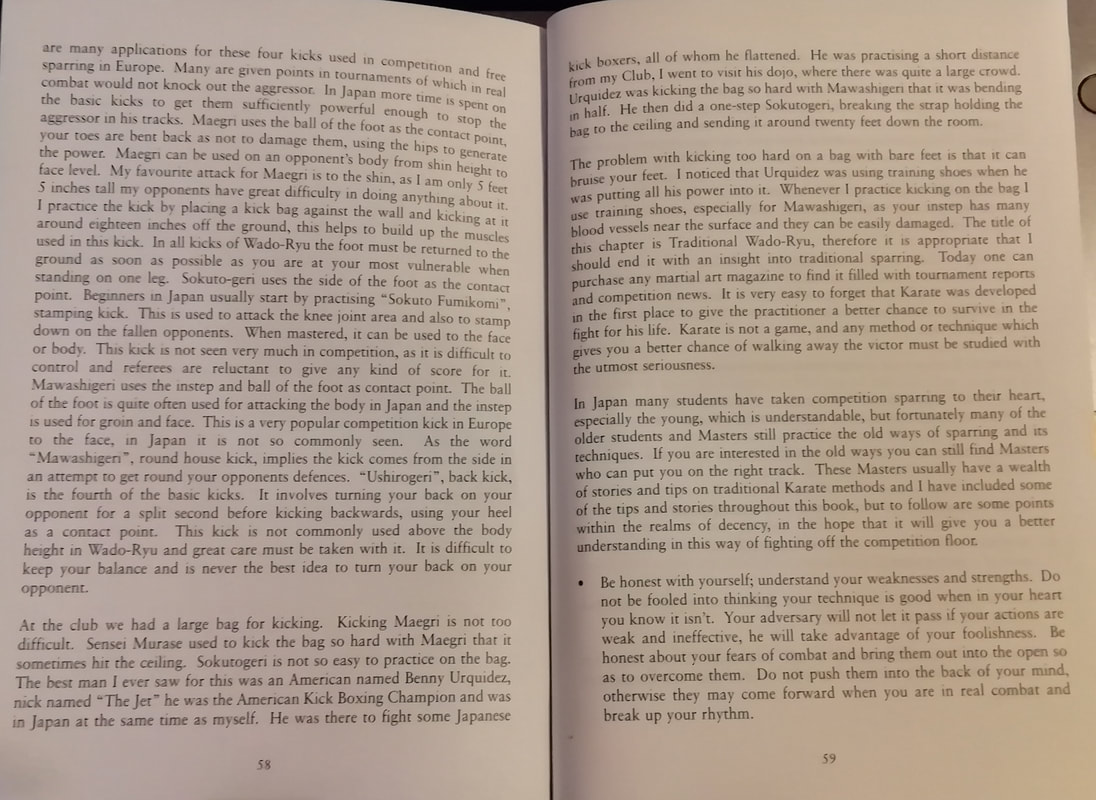
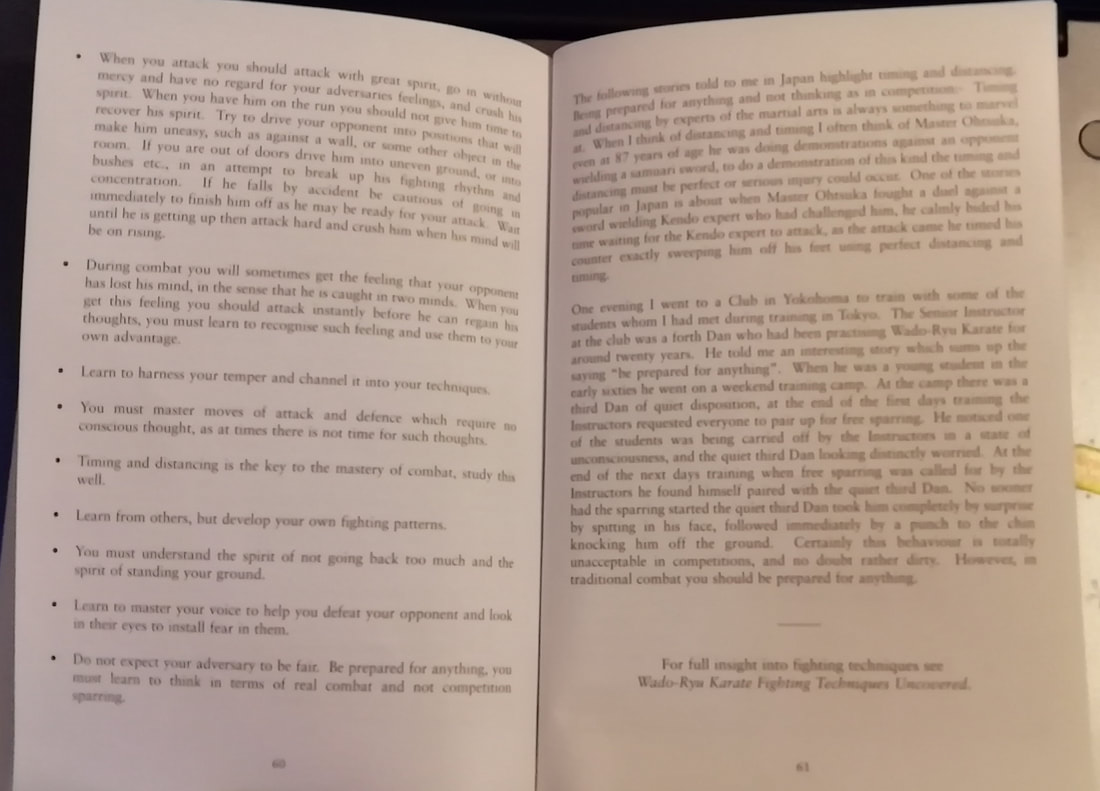
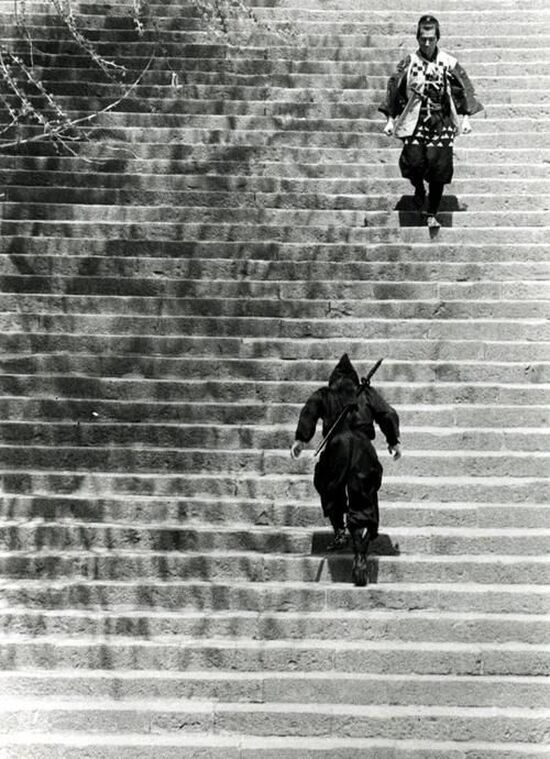
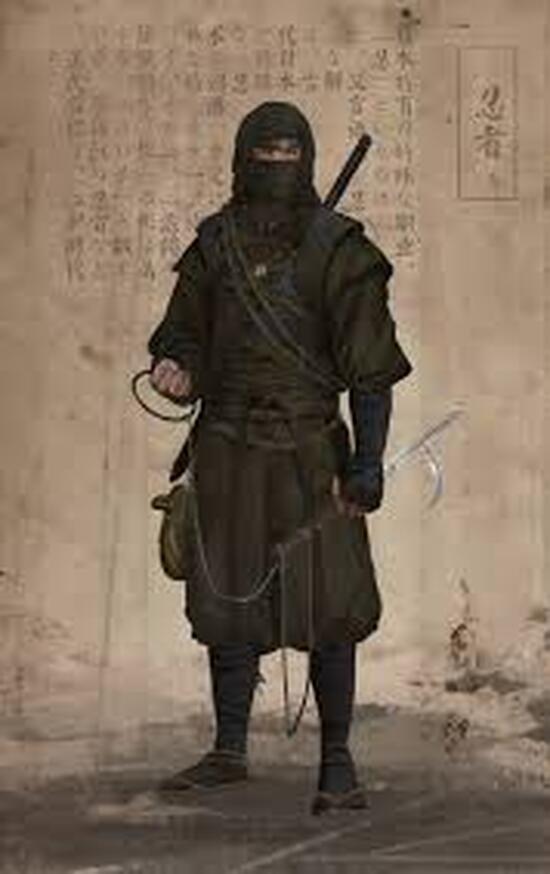
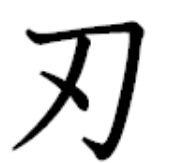

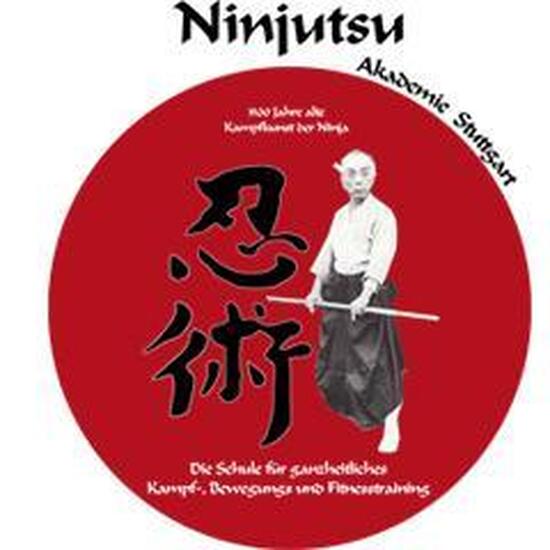
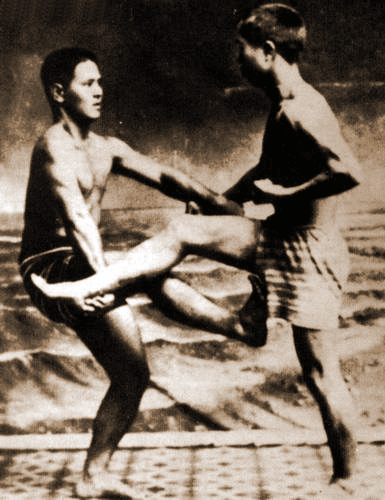
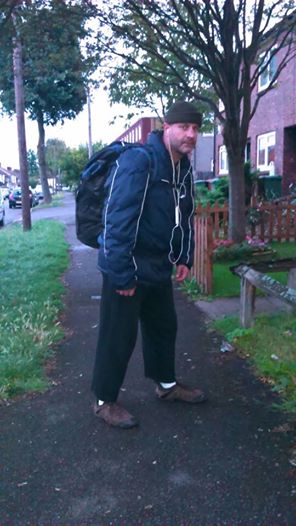
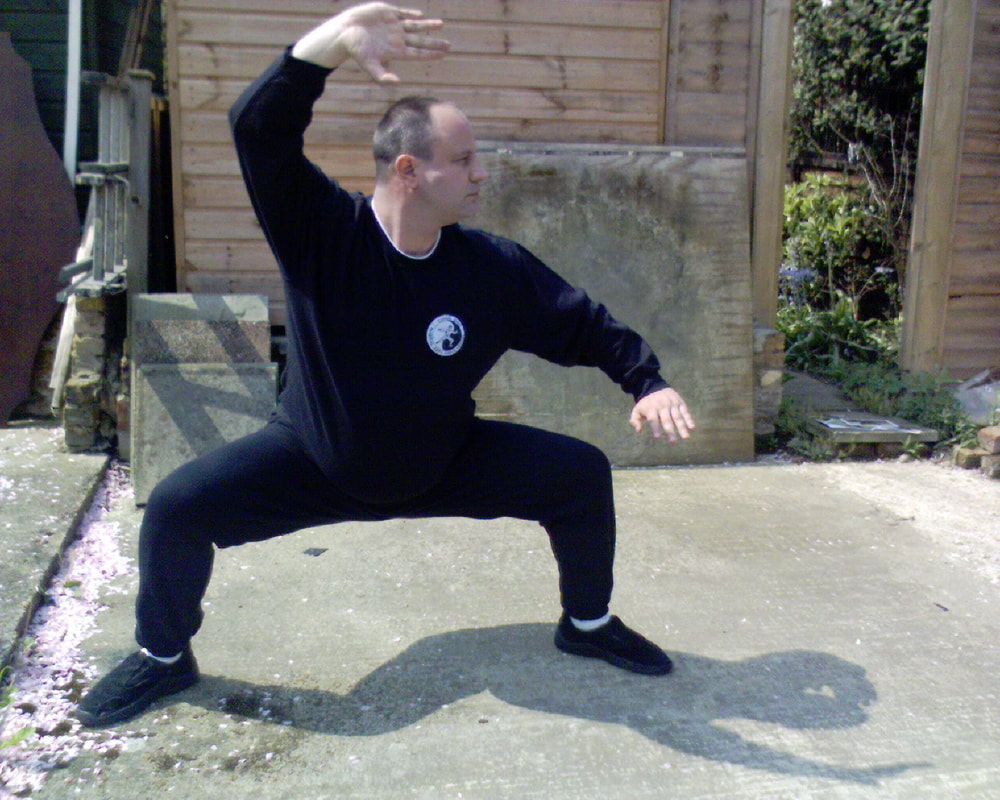
 RSS Feed
RSS Feed